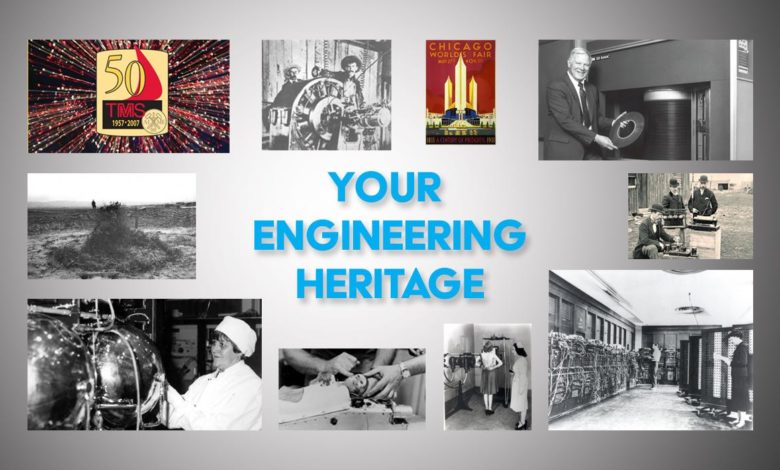
At the end of 2009, the IEEE History Committee launched a new program to honor historical technological achievements. STARS, an acronym for Significant Technological Achievement Recognition Selections, is an online compendium of invited, peer-reviewed articles on the history of major developments in electrical and computer science and technology. Administered by the IEEE History Center, STARS is situated on the IEEE Global History Network site.
The IEEE Global History Network (GHN) aspires to be the world’s premier site for the documentation, analysis, and explanation of the history of electrical, electronic, and computer technologies. It includes the stories of the scientists, engineers and business people who made these technologies happen, and of the organizations to which these men and women belonged. The GHN is being built by IEEE members and professional historians. It fosters the creation of narratives that not only document the history of engineering practice but also explain when, how, and why these myriad of technologies developed as they did. It uses a wiki-based web platform to foster a collaborative online environment that taps into the collective memories, experiences, and knowledge of IEEE’s worldwide membership. In time, the GHN will serve as a central historical repository of all the achievements, ideas, and first-hand knowledge of IEEE members, societies, councils, and technical communities.
The IEEE STARS program will be an important part of the GHN. STARS articles, although written for a general audience, will provide authoritative information, valuable in itself, but also useful as starting points for further investigations. As such, they will also serve as useful organizing pages for the GHN. STARS is an open-ended project, with new contributions added as they become available. Each entry is subject to continual review. Readers may post comments in accord with the procedures of the GHN and corrections and updates may also be suggested.
There are four phases to the STARS Program. Each phase is implemented on the GHN.
- “Candidates for STARS.” GHN participants can suggest achievements they believe are worthy candidates for STARS listing. A list of these candidates is posted on the GHN, and all participants can comment on, and add to, the list. Candidates are organized into major categories defined by the Editorial Board, and they are organized alphabetically within each category.
- “Proposals.” Any GHN participant may propose to create a single STARS article from one or more candidates or from part of a candidate. Proposals must adhere to a defined length and format and provide sufficient information about the technological achievement and the planned scope and timeframe of the article to permit the Editorial Board to judge its potential. A proposal must reside in near-final form on the GHN for at least two weeks before a contributor is invited by the Editorial Board to write an article.
- “Articles.” Each invited article must adhere to a defined length and format and must appear, in near-final form, on the GHN for at least four weeks for comments before it can be approved for STARS listing by the Editorial Board and by the IEEE History Committee.
- “STARS.” Articles that have been approved by the IEEE STARS Editorial Board and by the IEEE History Committee are prominently displayed as “STARS” on the STARS portal of the GHN.
An Editorial Board of 17 members has been formed. Emerson Pugh (1987 IEEE President) is Chair, and Bernard Finn (Curator of History of Electricity and Modern Physics Emeritus, Smithsonian Institution) and Michael Williams (Chair, IEEE History Committee) are Vice Chairs. A list of approximately 120 candidates has been prepared, and the first articles have been sent to the Editorial Board for review. The STARS portal on the GHN is now open.
Another IEEE program to honor technological achievements exists, namely the IEEE Milestones in Electrical Engineering and Computing. The two programs are quite distinct and, in fact, complementary. Each IEEE Milestone typically consists of one event (the achievement) that took place in one location. The achievement may have worldwide significance, but it can also be primarily of local significance. In either case, it is recognized by a citation on a bronze plaque placed near where the event occurred. By contrast, each achievement on the list of IEEE STARS must have worldwide significance and may consist of many closely related events that took place in more than one location over a period of time. STARS are recognized only by having peer-reviewed articles placed on the STARS portal of the IEEE Global History Network (GHN). The absence of geographical limits to STARS enables the articles and citations to reference seminal papers and patents that were part of the achievements.
Readers are invited to visit the IEEE Global History Network [www.ieeeghn.org] both to learn more about the STARS program and to take advantage of other aspects of the GHN, including first-hand histories, oral histories, and IEEE Milestones.






